I have an instance that I need to attach and mount a volume to it. I have some unsuccessful attempts, then finally, I unmounted the volume.
Then I performed the following command sudo df -h to know the volumes before I attach the volume from a public snapshot. I got:
Filesystem Size Used Avail Use% Mounted on
/dev/xvda1 8.0G 989M 6.7G 13% /
udev 17G 8.0K 17G 1% /dev
tmpfs 6.7G 164K 6.7G 1% /run
none 5.0M 0 5.0M 0% /run/lock
none 17G 0 17G 0% /run/shm
/dev/xvdb 827G 201M 785G 1% /mnt
Then, I attached a volume (that I created from a publicly available snapshot) to my instance. See:

Then, I made sure that the status for the volume is attached to my instance. I performed the command again. I got the same previous output before I attach the volume.
Filesystem Size Used Avail Use% Mounted on
/dev/xvda1 8.0G 989M 6.7G 13% /
udev 17G 8.0K 17G 1% /dev
tmpfs 6.7G 172K 6.7G 1% /run
none 5.0M 0 5.0M 0% /run/lock
none 17G 0 17G 0% /run/shm
/dev/xvdb 827G 201M 785G 1% /mnt
The reason that I am doing this is that I need to mount the newly attached volume. There were several unsuccessful attempts in this post if you need more information about my problem: How to search for a file or directory in Linux Ubuntu machine
Please, help me to solve this issue.